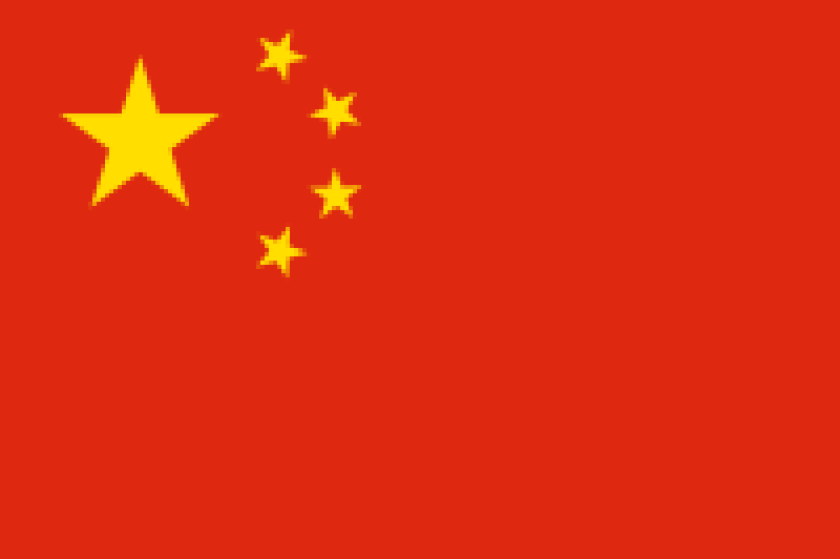There has been much commentary in the press of late regarding Chinese car makers' allegedly copying the designs of well-known western car makers. The commentary has ranged from the outraged (“How can they get away with this?”) to the resigned (“It’s just one of those things…”). However, perhaps a colder, more pragmatic approach to this evident challenge is necessary, focusing on the IP rights available to car manufacturers and their ability to enforce those rights. Also, it might help to recognise that the Chinese government has itself demonstrated that it is fed up of situations such as this, and is taking steps to make things better for rights holders.
Design patents
In China, people (including foreign companies) can apply for registered design rights, known as design patents, to protect their designs. These can include automobile designs.
In 2016, out of a total number of around 3.5 million patent applications in China, there were over 650,000 design patent applications. This rose from fewer than 570,000 in 2015 (a rise of around 14% in one year). Many of those design patent applications were made by foreign entities – around 500 applications from the UK, over 1,000 from Germany, and around 3,000 each from Japan and the US.
These numbers for foreign applications are still perhaps rather small compared to the overall numbers of design patent applications in China. This might be due to the perception that IP rights are difficult to enforce in China.
However, that perception itself might be outdated, and worthy of re-examination, particularly in light of recent developments in Chinese law and practice.
New Guidelines
In April this year, the Chinese courts released their Guidelines for Patent Infringement Determination (2017). These Guidelines have been long-awaited, and in many people’s eyes represent the Chinese government’s positive efforts to combat the perceived problems relating to IP infringement and enforcement in China.
These Guidelines contain explicit sections devoted to “Determination of Protection Scope of Patent for Design” and “Determination of Infringement of Patent for Design”, and go a long way towards providing certainty for rights holders in terms of what their Chinese design rights cover and how they may be infringed.
For example, the Guidelines (which have been released in both Chinese and English, although in the event of an inconsistency in the translation the Chinese version prevails) provide: “The determination of design patent infringement shall be conducted through comparison by means of direct observation from the visual sense of a normal consumer…” and that “judgment on whether the design is the same or similar shall be made according to the standard of the overall visual effect on the subject of judgment with the knowledge and cognitive capability of a normal consumer, rather than the observational capability of an ordinary designer of the design product or the actual purchaser of the product”.
This is then related to the “design space” that the design occupies, in relation to which the Guidelines specify: “The more existing designs a certain design feature corresponds to, the more occupied the design space of the feature is, the smaller the design space is, the fewer alternative design solutions there are, and the greater impact the subtle differences will have on the overall visual effect; on the contrary, the fewer prior designs there are, the less occupied the design space of the feature is, the greater the design space is, the more alternative design solutions there are, and the subtle differences will not have significant impact on the overall visual effect.”
(This latter provision itself reflects what was said in Article 14 of “Interpretations (II) of the Supreme People's Court on Several Issues Concerning the Application of Law in the Trial of Cases Involving Patent Infringement Disputes”, which itself was released in 2016 and which also was aimed at addressing some of the perceived issues with IP enforcement in China.)
What happens next
In the past, from 2000 until the 2016, there have only been a few dozen design patent disputes in China relating to motor vehicle design. This may be because many disputes have been settled out of court, or it may be because few cases have been filed.
However, the new Guidelines from the Chinese courts may increase not only certainty of outcome but also awareness of design patent rights in China, so we may well see further cases in the future.
Having said that, it is up to rights holders themselves to apply for, maintain and enforce their rights in order to take advantage of this potential increased certainty. The Chinese government has made the first move; let us watch how the market responds…
Matthew Jones is a partner of EIP in London. He thanks James P Chen and Gary G Wu for useful conversations and information in the course of writing this blog post











